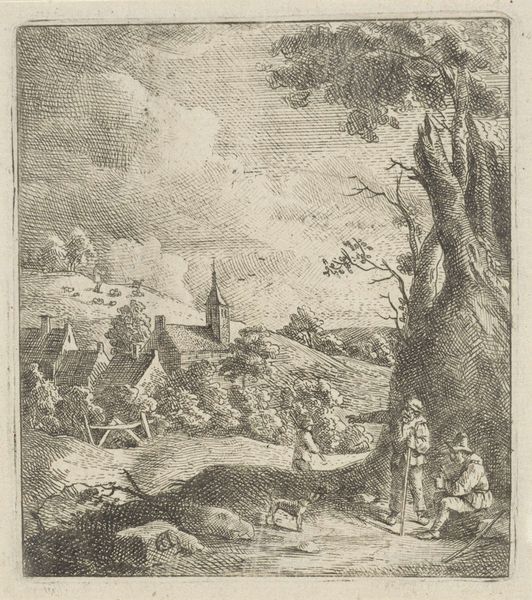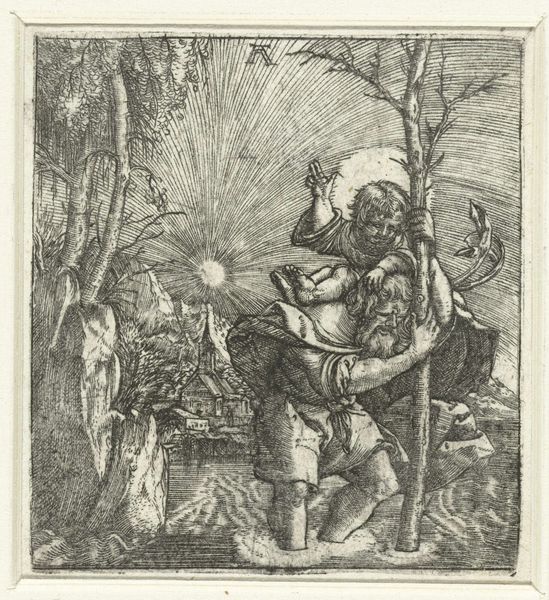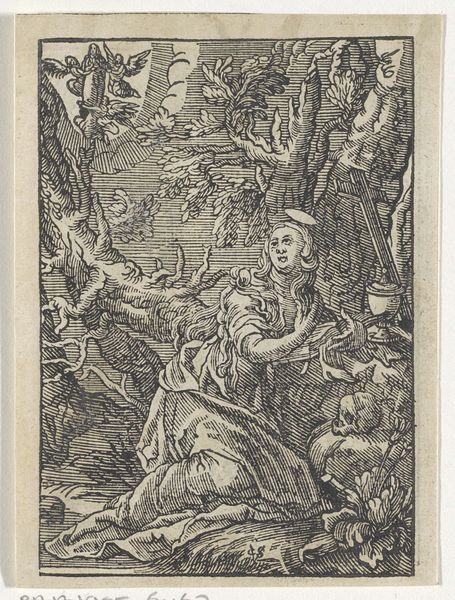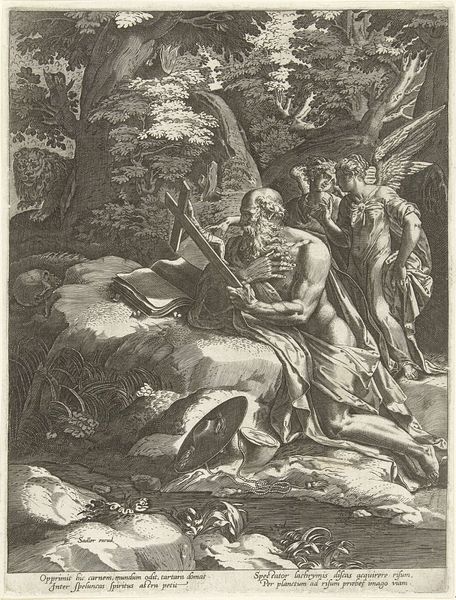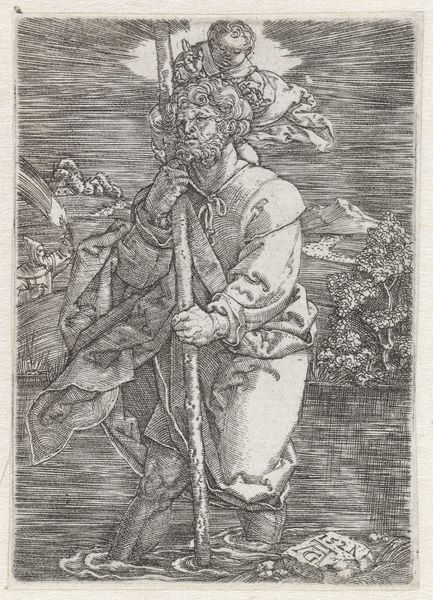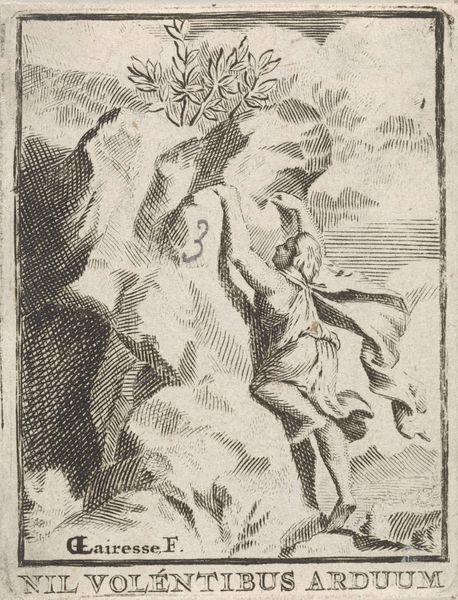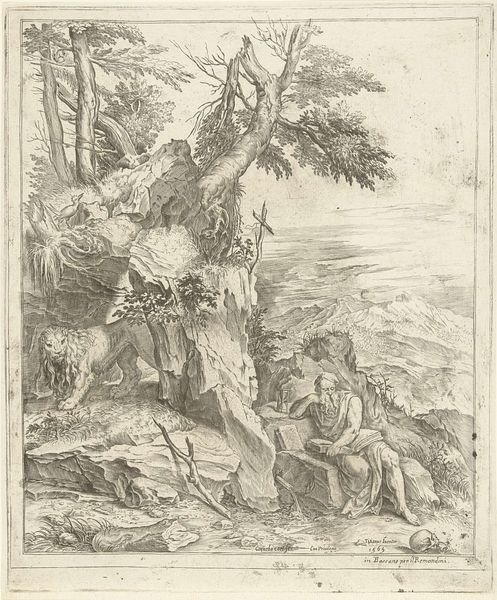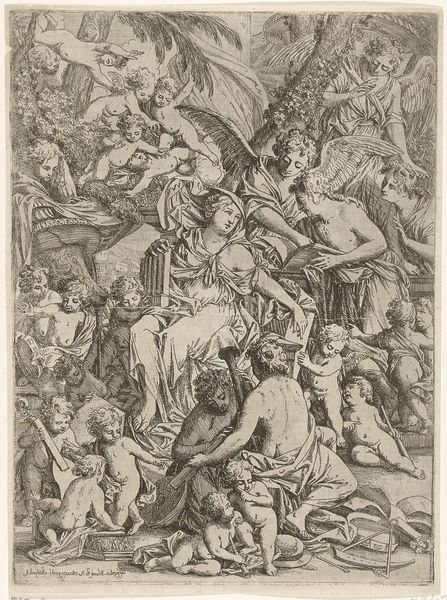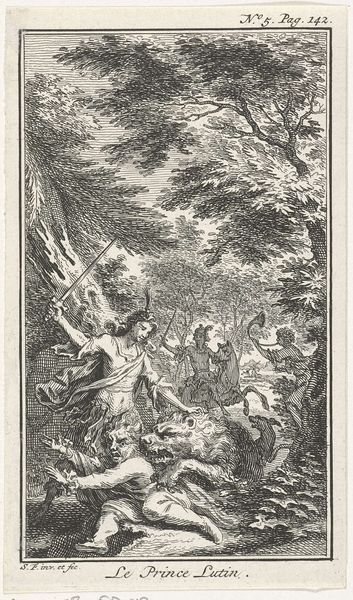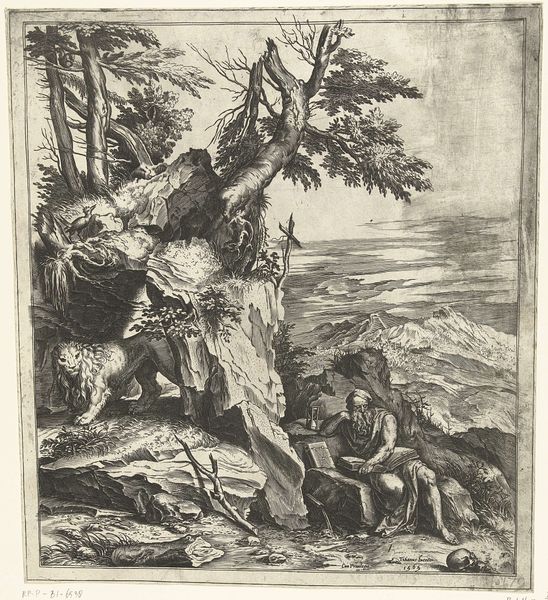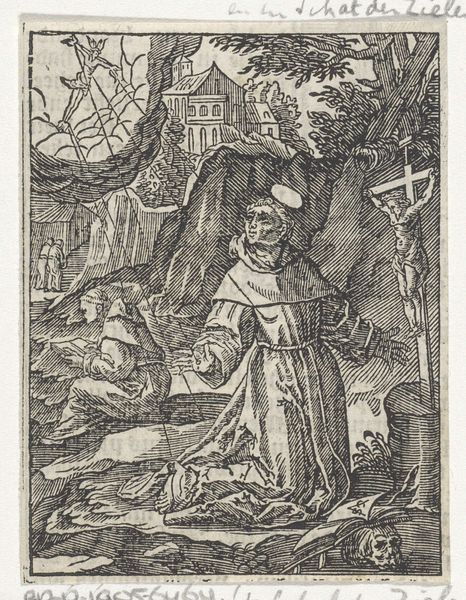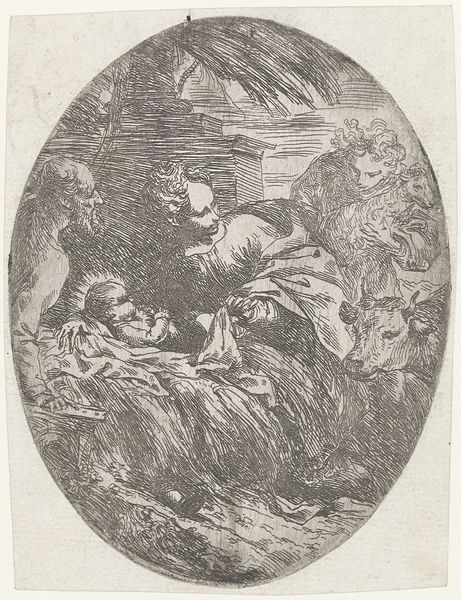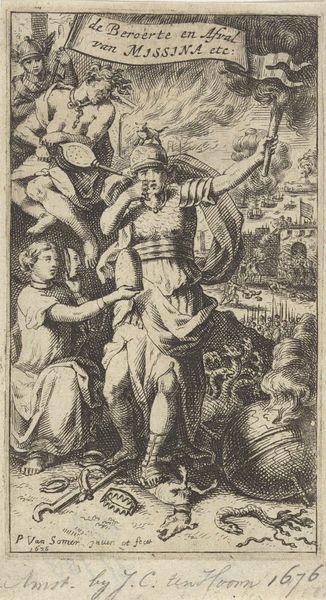
engraving
#
baroque
#
landscape
#
history-painting
#
engraving
Dimensions: height 135 mm, width 103 mm
Copyright: Rijks Museum: Open Domain
This print of the Holy Family with John the Baptist was made by Lorenzo Gamberati, using the etching process. Look closely, and you’ll see how the image is built up from a dense network of fine lines. This wasn’t drawn directly, but created through a chemical process. The artist would have coated a metal plate with wax, then scratched through it with a needle to expose the metal. When the plate was immersed in acid, the drawn lines were etched into the surface. Ink was then applied, and the plate was pressed onto paper. This indirect process gives etching a distinctive character, a combination of precision and slight randomness. The fine lines allow for detailed representation, yet the acid leaves a slightly irregular, bitten texture. These qualities were well suited to the religious subject matter. The image could be reproduced easily and disseminated widely, but the handmade quality of the print also imbued the image with the artist’s individual expression. So, next time you look at a print, think about the complex combination of craft, technology, and labor involved in its production.
Comments
No comments
Be the first to comment and join the conversation on the ultimate creative platform.

